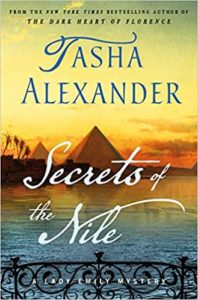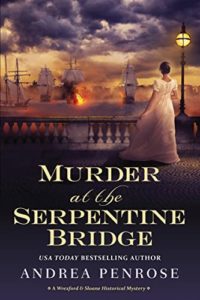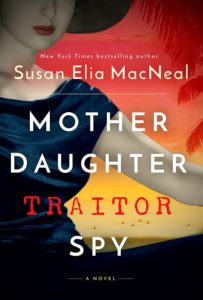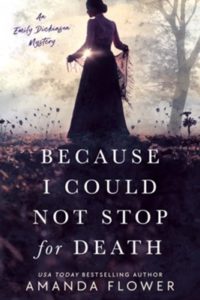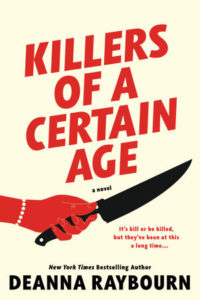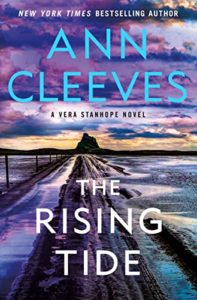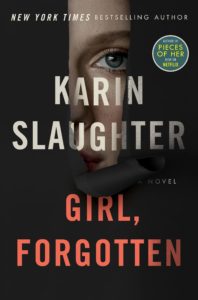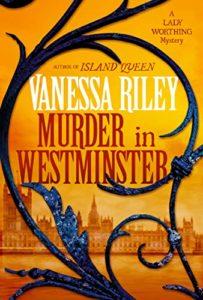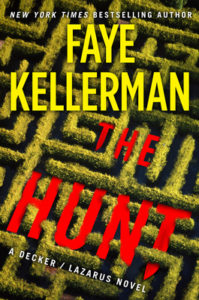S.K. Golden: The Socialites Guide to Murder
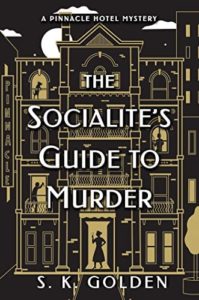 This charming, frothy concoction is as charming and frothy as it’s heroine, Evelyn Elizabeth Grace Murphy, daughter of the owner of New York City’s Pinnacle Hotel. She lives in the penthouse, and she never leaves the building – there’s no need! She has a social life, friends, food delivery, even a dog walker. It’s 1958 and she loves to dress like her favorite movie star, Marilyn Monroe. Her fluffy white dog – she carries him around in her purse – is named Presley. As the story opens there’s a big art exhibition opening, and Evelyn is on the arm of movie star(let) Henry Fox. She’s dressed to the nines, in a replica of Marilyn’s pink dress in Gentlemen Prefer Blondes.
This charming, frothy concoction is as charming and frothy as it’s heroine, Evelyn Elizabeth Grace Murphy, daughter of the owner of New York City’s Pinnacle Hotel. She lives in the penthouse, and she never leaves the building – there’s no need! She has a social life, friends, food delivery, even a dog walker. It’s 1958 and she loves to dress like her favorite movie star, Marilyn Monroe. Her fluffy white dog – she carries him around in her purse – is named Presley. As the story opens there’s a big art exhibition opening, and Evelyn is on the arm of movie star(let) Henry Fox. She’s dressed to the nines, in a replica of Marilyn’s pink dress in Gentlemen Prefer Blondes.
